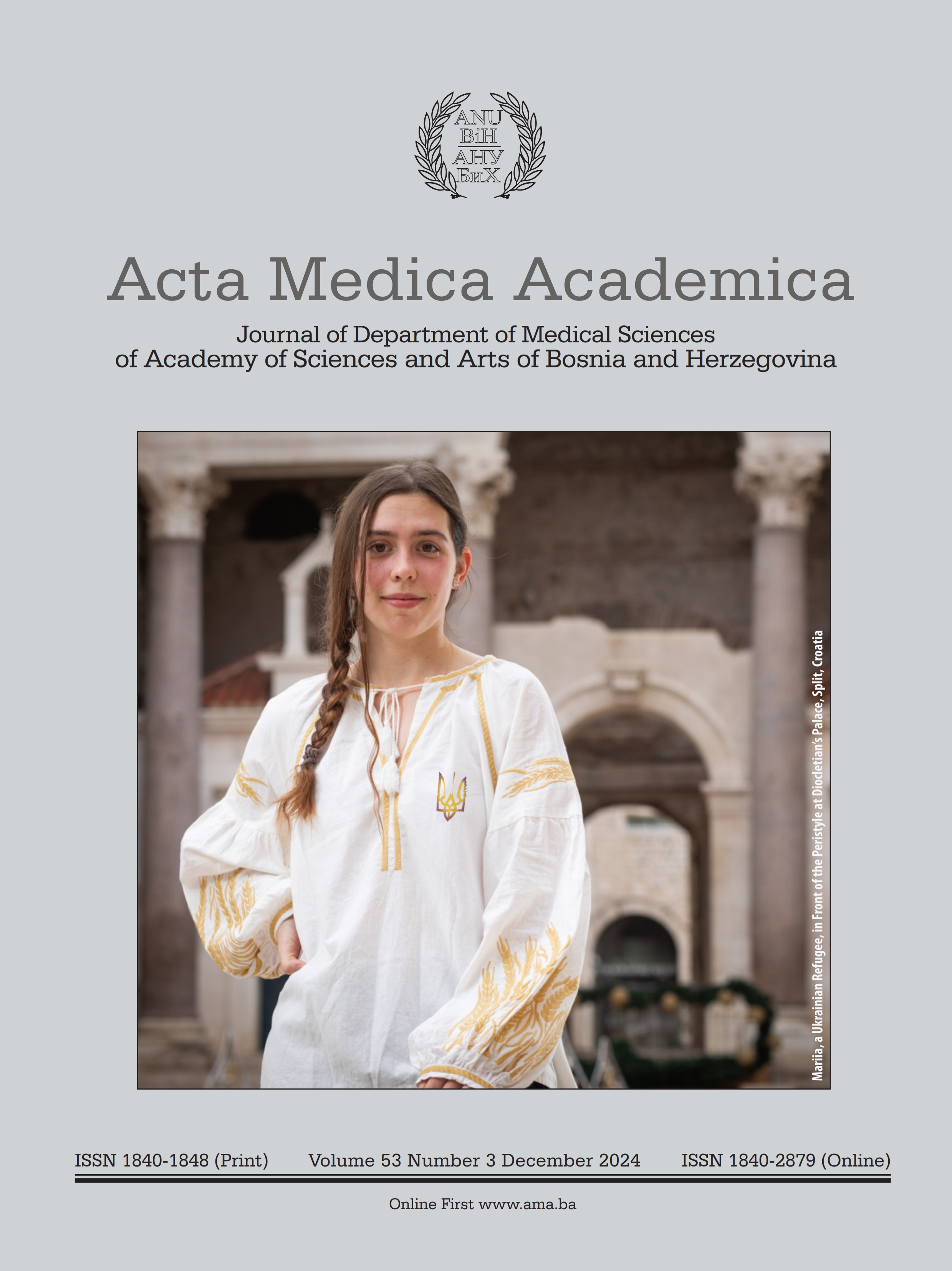Institutional Experience of Lymphoproliferative Disorders with Initial Diagnosis Made via Fine Needle Aspiration at Otolaryngology Clinic
DOI:
https://doi.org/10.5644/ama2006-124.456Keywords:
Lymphoproliferative, FNA, OtolaryngologyAbstract
Background. This study characterizes lymphomas presenting as palpable head and neck masses and evaluates the role of fine needle aspiration (FNA) and flow cytometry (FC) in diagnosis.
Design. A 5-year retrospective review of FNAs performed by pathologists in an ENT clinic identified cases with a predominant lymphoid population that lacked an epithelial component. Cytology, FC, and subsequent surgical pathology diagnoses were correlated.
Results. Of 821 FNAs, 154 (19%) met selection criteria. Reactive lymph nodes accounted for 43% (67/154), with most diagnosed as ‘negative for malignancy, except one ‘atypical’ (ATY) case. Lymphoma was confirmed in 57% (87/154) of cases, categorized as ATY (55%), suspicious for lymphoma (SFM) (36%), or positive for lymphoma (PFM) (9%). Lymphoma patients were older (median 66 vs. 46 years). Thyroid and salivary gland lymphomas typically indicated systemic involvement, except for two cases of marginal zone lymphoma (MZL) in patients with Sjögren syndrome. FC alone had a sensitivity of 67.5% for detecting lymphoma, but when combined with cytology, the sen- sitivity increased to 100%. The combined approach maintained a specificity of 98%. More abnormal clonal cells were identified by FC in PFM cases compared to SFM or ATY cases (P=0.004). Cytologic atypia with negative FC occurred in 29% of lymphomas, including Hodgkin and diffuse large B-cell lymphoma (DLBCL).
Conclusion. Lymphomas presenting as neck masses are diverse, with FNA playing a key diagnostic role. Cytologic atypia and FC complement each other, as some cases show minimal atypia but positive FC, while others show significant atypia with negative FC.
Downloads
Published
Issue
Section
License
Copyright (c) 2024 Alaa S. Hrizat, Jerald Gong, Stacey M. Gargano

This work is licensed under a Creative Commons Attribution-NonCommercial 4.0 International License.






